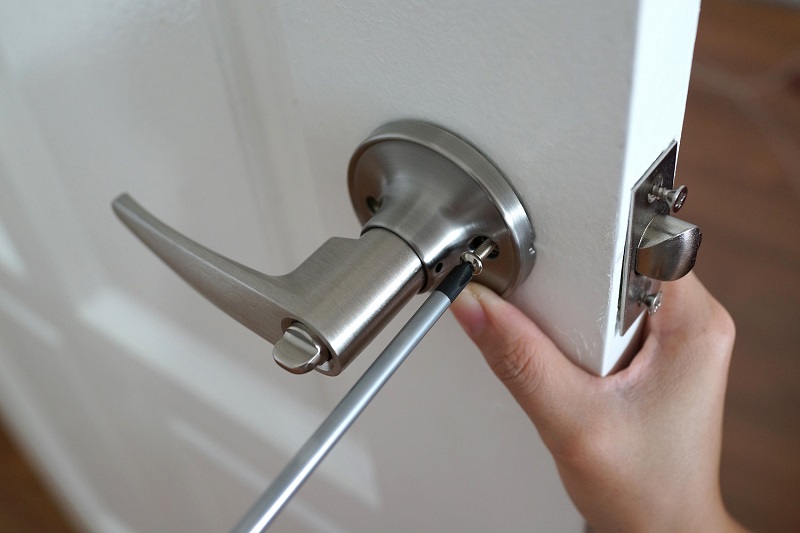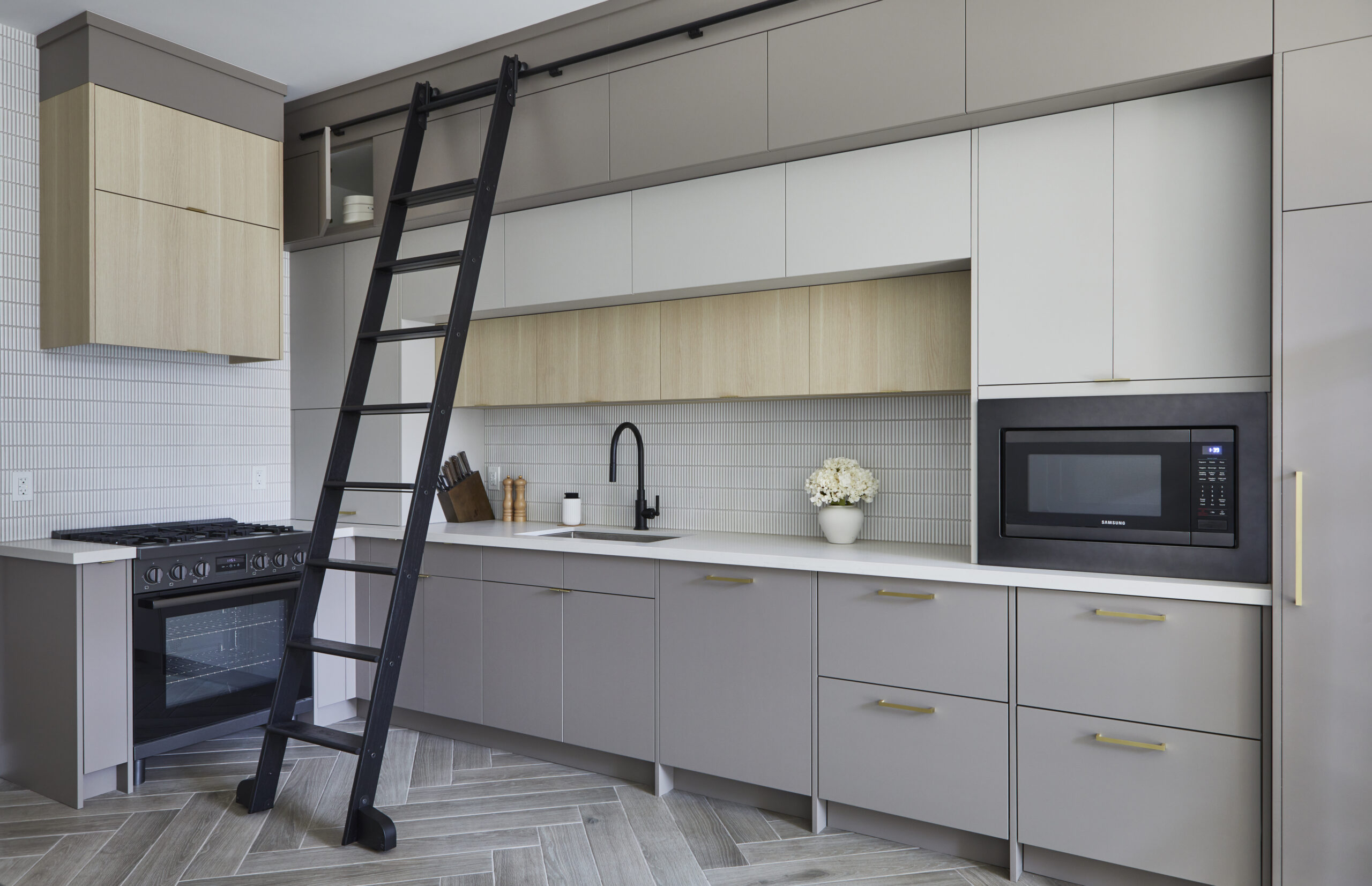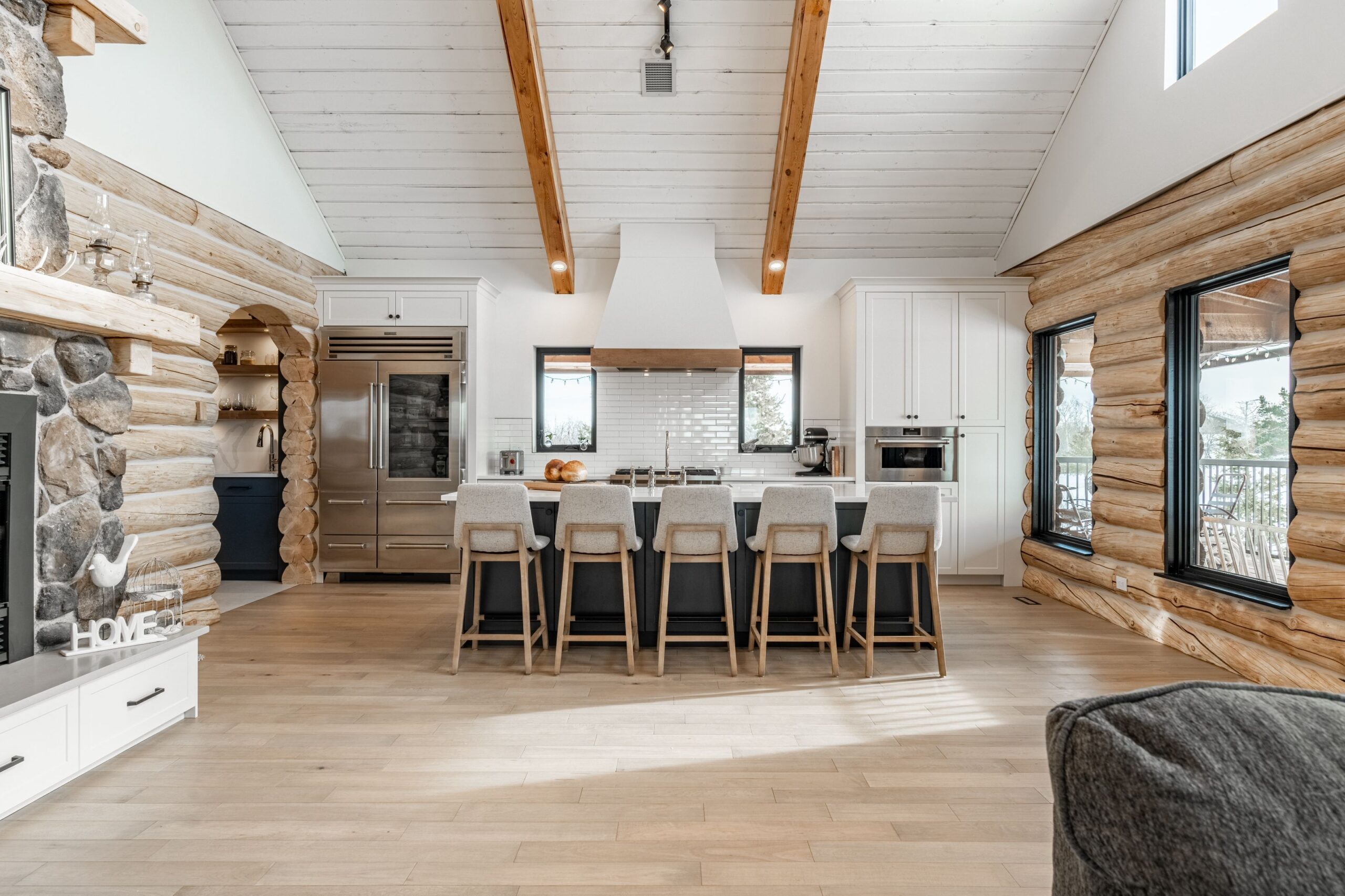
Key considerations for funding your next reno project
Most of us don’t have tens or hundreds of thousands of dollars sitting in our bank accounts. So, when it comes to paying for a renovation project, we’ll need some sort of financing. The type of financing you choose will be based on a couple of factors, including the size of the renovation project and your credit history.
Understanding Loans
There are two basic types of credit – secured and unsecured. A secured line of credit (LOC) is one that’s backed up by some sort of collateral, typically your house. For an unsecured LOC, all you need is a good credit rating – the better your credit rating, the larger the loan you’ll be eligible for. With a secured LOC you’ll have access to larger amounts of money at lower interest rates than unsecured LOCs.
LOCs are very flexible in that you’re only charged interest for the funds you use, and you can pay them off in full at any time. If you carry a balance, you’ll be required to make a minimum monthly payment based on a percentage of the balance.
Qualifying for a renovation loan is based on two key factors: your credit history and your income (or combined income if you’re applying for the loan with a partner).
Before applying for a loan you should check your current credit rating with the two main ratings companies in Canada, Equifax and TransUnion. They do sometimes make mistakes, so you’ll want to review and clear up any discrepancies. According to Equifax, “many people are afraid to request a copy of their credit reports – or check their credit score – out of concern it may negatively impact their credit scores,” but that’s not true. Only a hard enquiry (when you actually apply for a loan or credit card) affects your credit score.

Small Projects
For small projects, such as replacing an exterior door or repainting a couple of rooms, you could use a LOC – secured or not – or even your credit card. It’s important to note that the interest rate on credit cards is significantly higher than on a LOC. If you have a cash-back or rewards-based credit card, consider making the purchase on your card and then using a LOC to pay the balance in full when your statement is due. That way, you’ll reap the rewards while paying the lower interest rate.

Mid-size and Large Renos
For renovations requiring substantial amounts of money, one option is to draw on the equity you’ve built up in your home since you bought it. “Large renovations almost always require reviewing and renewing the existing mortgage,” says Nolan Tabashniuk, Manager, Mortgage Specialists with RBC in Saskatoon.
One option is a home equity line of credit (HELOC) that enables you to gain access to as much as 80% of the current market value of your home, minus your outstanding mortgage balance. With a HELOC, you only pay interest on the funds you’ve accessed, and you can pay the loan off in full at any time.
Alternatively, you could withdraw funds when you renew your mortgage. You’ll start paying interest on the borrowed money, but you’ll be charged a lower interest rate than with a HELOC. This option is best when your mortgage is up for renewal in order to avoid interest penalties if you break the mortgage midterm.
You should also ask your lender about construction mortgages, which are “often the most-cost effective way to access capital,” says Tabashniuk. These loans are structured so that you take a series of “draws” when you need funds for specific stages of construction. Like a LOC, you only start paying interest on the money you’ve drawn to date. At completion of the project, the financing can be rolled into a conventional mortgage.
Note that there are some costs you might incur including application fees and legal fees, and your lender will likely require a third-party appraisal to determine the building’s current market value. Before committing to an institution, ask if they’ll waive the application fees and/or cover the cost of the appraisal if you go ahead with the loan.

Background Checks
Regardless of the size of the project, Tabashniuk shares an important piece of advice: “Do your homework on the contractor.” Large renovation projects can involve hundreds of thousands of dollars (or more) and take many months to complete, so it’s important you find a contractor you trust.
RenoMark contractors agree to abide by a Code of Conduct that includes providing a detailed, written contract, carrying a minimum of $2 million in liability insurance, offering a minimum two-year warranty on their work, and having all applicable licenses and permits. Still, do your due diligence before you sign a contract, including asking for and checking references. And no matter how big or small the scope is, make sure you have a formal written contract. Read about how to interview a contractor here.
You should also contact your insurer before any work commences to see what sort of additional coverage you might need during the renovation work.
Reno Rebates
Depending on the type of renovation you’re undertaking, you may be eligible for rebates from various levels of government, local utility companies, or building material manufacturers.
The federal Canada Greener Homes Grant, for example, provides up to $5,000 in funds to cover the cost of renos that improve energy efficiency and $600 towards the cost of a required pre- and post-renovation home energy audit.
If you love your neighbourhood but your home isn’t quite working for you, consider whether a large renovation is right for your circumstance. There are various financing channels available to you!
Ready to start looking for renovators?
Find a trusted contractor in your area through RenoMark’s professional directory.



